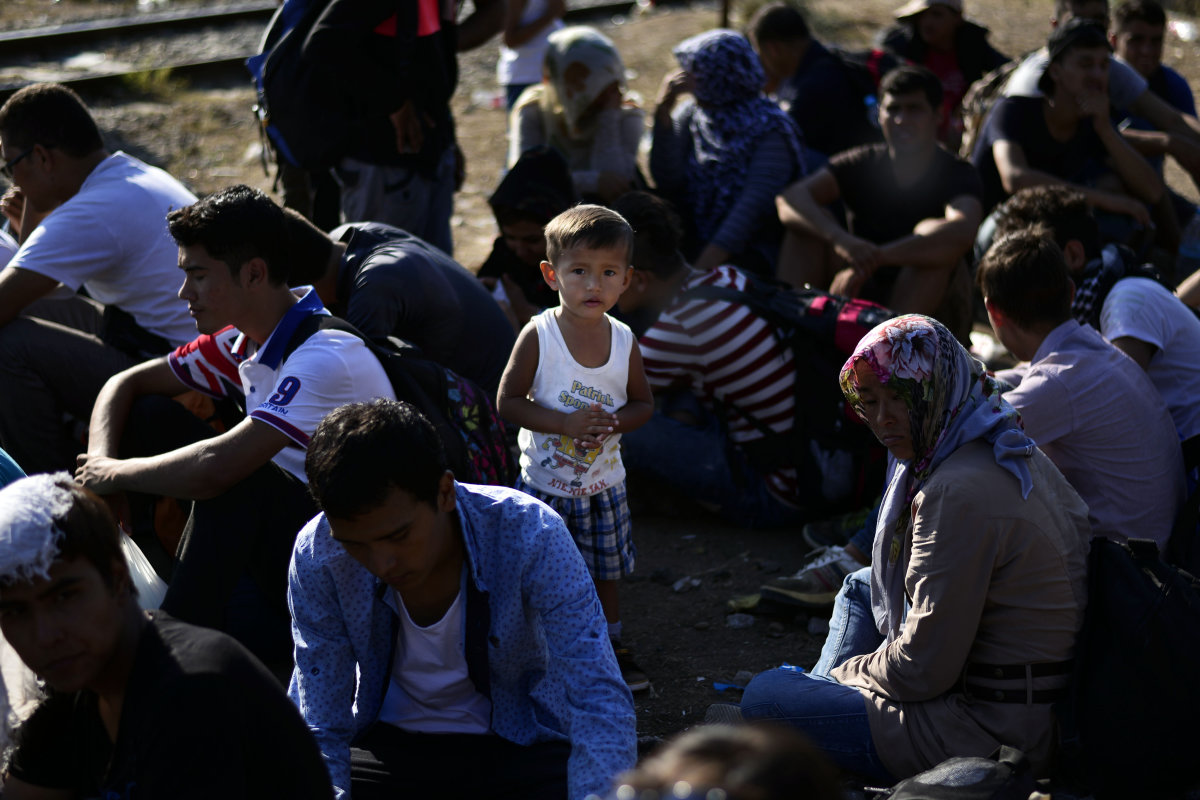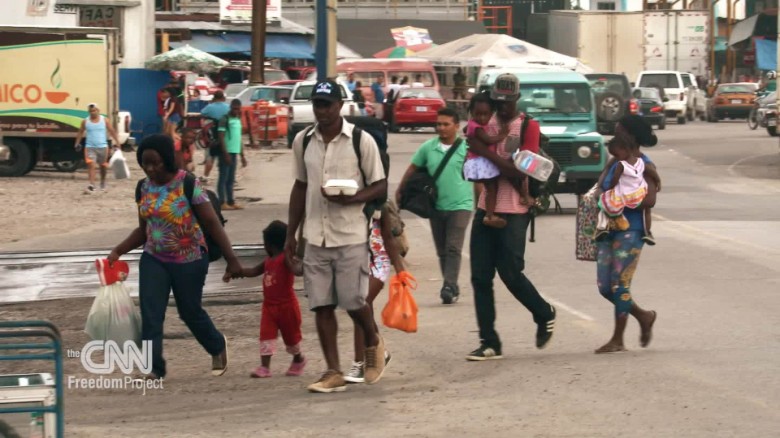Costa Rica News – Tens of thousands of mainly Cubans, Haitians and Africans seeking to reach the United States contributed to Costa Rica’s “unprecedented” migratory flow into the country this year.
 In 2016, Costa Rica saw more than 26,000 “irregular migrants” arriving at the southern border with Panama, according to the statement by Casa Presidencial.
In 2016, Costa Rica saw more than 26,000 “irregular migrants” arriving at the southern border with Panama, according to the statement by Casa Presidencial.
The number includes the some 8,000 Cubans who became stranded in Costa Rica in December last year after Nicaragua closed their borders to them, stopping their trek through Central America to reach the U.S. land border.
Eventually the Cubans, through diplomatic efforts with other Central American countries and Mexico, were airlifted Mexico, where they were able to cross in the United States.
Nicaragua’s immigration policy of closed borders to migrants continues today, leaving thousands of Haitians and Africans camped out in Costa Rica, unable to move forward, not affording the cost of an airlift and not having the privilege the U.S. ‘the wet foot, dry foot policy‘ for the Cubans.
The hard-line stand taken by Costa Rica earlier this year slowed the inflow of migrants, many of who are staying in shelters and camps near the Nicaraguan border, many adapting to their temporary life, others turning to ‘coyotes’ (smugglers) to help them cross the border.
They stay in Costa Rica is legal, the country offering temporary visas, but not with the right to work. Halfway from Liberia to the Peñas Blancas border their presence is noticeable, in the communities of El Jobo and La Cruz de Guanacaste, the majority of the migrants housed in Centros de Atención Temporal para Migrantes (CATEM) – Temporary Care Centers for Migrants
Other CATEMs are located in Buenos Aires de Puntarenas and in Golfito, some 20 kilometres from the Paso Canoas border with Panama.
To ensure the migrants are left stranded President Luis Guillermo Solís signed October 31, guideline 057 that ratifies the work that must be done by public institutions in the attention and ensuring the migrants do not become victims of illicit trafficking of people.
Communication Minister Mauricio Herrera says that the government has confronted in a direct and realistic way the situation.
“This could have been the biggest migratory crisis in the country, but it was an opportunity for Costa Rica to show the world its vocation in defending human rights,” Communication Minister Mauricio Herrera said.
The minister explained that among the actions taken by the government is the obligation of the National Women’s Institute (INAMU) and the National Children’s Patronage (PANI) to supervise the care of women and children, prevention of violence and sexual harassment.
From QCostaRica

